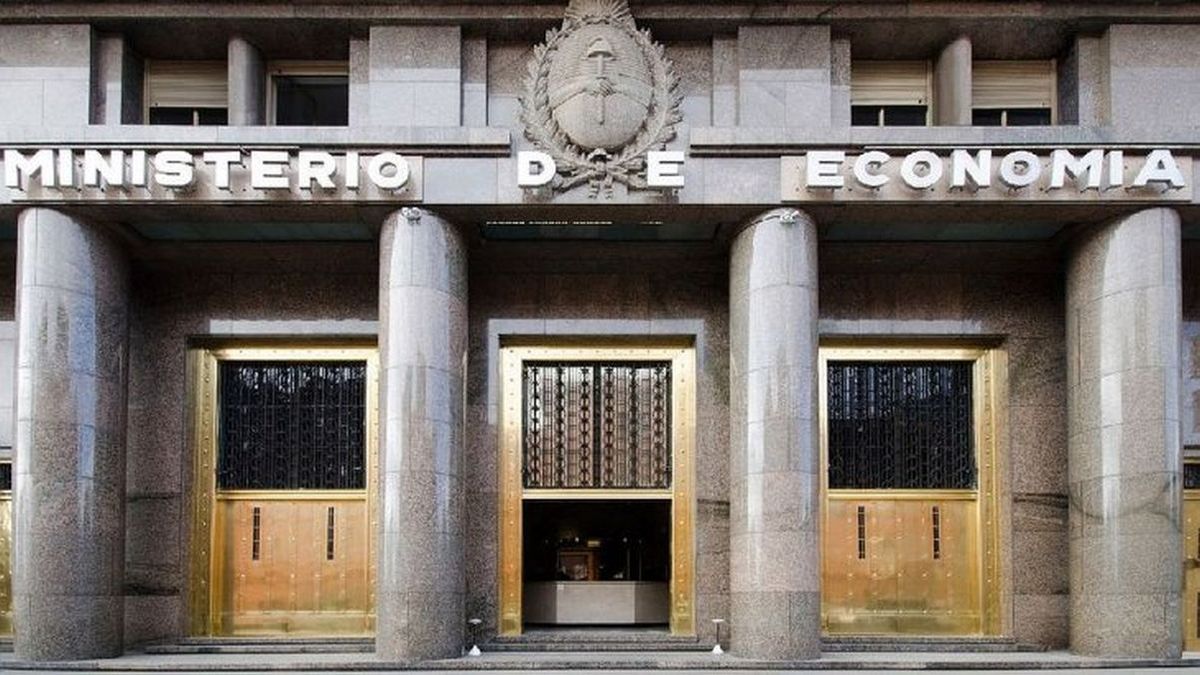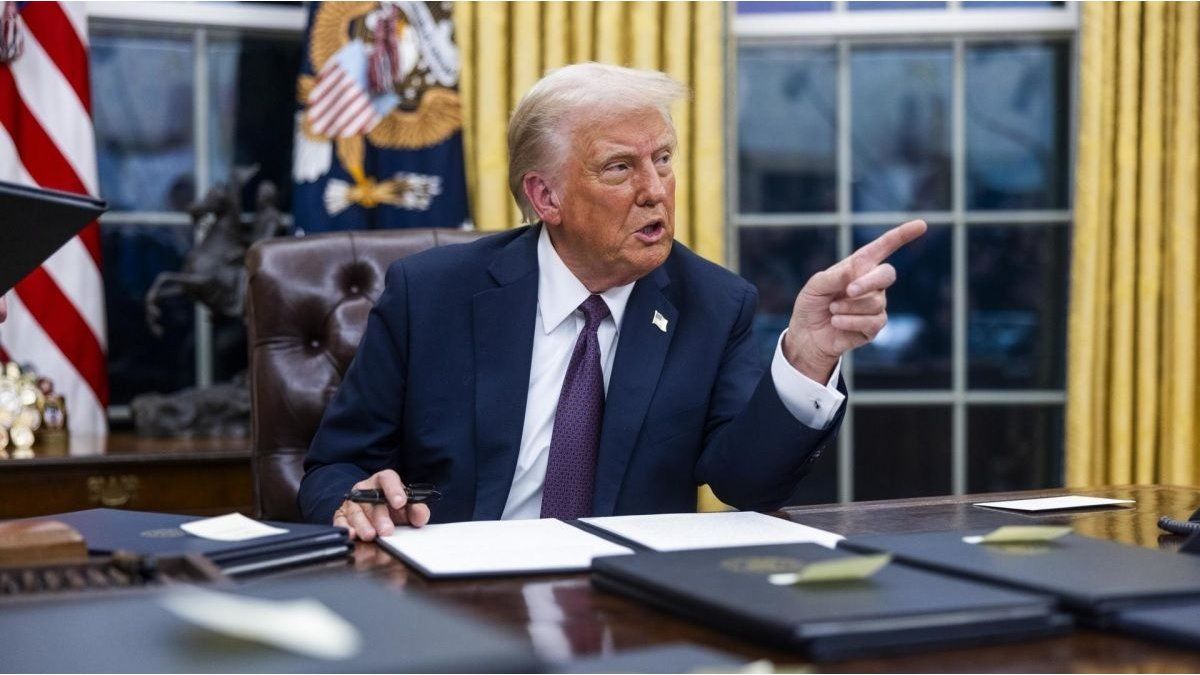The Ministry of Economy placed $2.92 billion this Thursday in a new debt tender in pesos. The result implied a net financing of 84% since the maturities to be settled were around $470,000 million. The surplusAccording to the Treasury Palace, It will be used to buy dollars from the Central Bankwith which the payment of upcoming commitments in foreign currency will be guaranteed.
For the first tender in April, Minister Luis Caputo and the Secretary of Finance, Pablo Quirno, had put four titles on the table. After their return at the last Treasury auction, they offered two new capitalized fixed rate bills (LECAP), one maturing in October of this year and another in February 2025. In addition, the issuances of an inflation-adjustable bond with zero coupon as of December of next year were reopened (BONCER TZXD5) and a title dollar linked to June 2025 (TZV25), which was declared void after receiving a demand for just US$73 million.
In Economy they celebrated the result of the placement and highlighted that the LECAP closed with a reduction in rates of cutting with respect to the previous tender. Specifically, the shortest bill captured $687,893 million at a monthly effective rate (TEM) of 4.75%, while in the LECAP as of February 2025, $626,761 million were awarded at 4.5% TEM. In March, a bill of the same type had been placed in January with an effective monthly rate of 5.5%.
“The placement of the LECAP in February 2025 implies a rate drop of 1,843 basis points (in TNA rate) vs. the previous LECAP tender in January 2025. The inverted slope of the LECAP rate curve validates the scenario of disinflation and lower rates,” the Treasury Palace stated in a statement.
In fact, some sources pointed out that the yields of the first placement of these bills already showed that the market was discounting in prices a path of deceleration of inflation more significant than that shown by the average of the forecasts of the City analysts, compiled in the BCRA Market Expectations Survey (REM) published this Monday.
The LECAP reappeared in March after almost five years of disuse. These are bills that accrue interest at a fixed rate that is capitalized monthly and paid at maturity along with the principal. They were widely used during the Macri administration, but ended up being reprofiled in 2019 by the management of Hernán Lacunza. Now, Caputo has taken them up again with the intention of trying to reconstruct a curve of non-indexed instruments, something that is part of the agreement with the International Monetary Fund.
However, in this Thursday’s auction, the title that attracted the most flow was BONCER. In this bond, $1.68 trillion were awarded at a negative real rate of 13.97%.
Tender: the puts are back (more limited)
One of the novelties of this placement was the rexit of the put offer (buyback options) of the BCRA to support demand from financial entities. These liquidity insurances were decisive in the tenders of the first months of the current administration, but received warnings from numerous analysts since they constitute a kind of “latent debt” for the Central in case the market mood changes and execute massively. In the last Treasury auctions, the monetary authority had withdrawn its offer.
This time the insurance offer returned but with more limited characteristics. The BCRA offered them for the LECAP in February and for the TZXD5. But, unlike previous opportunities, now The repurchase option can only be executed one month before the expiration of the title. In the market, they pointed out that this was due to the fact that the Central Bank sought to prevent the banks from rolling them over before the tenders: that is, from liquidating them in advance to enter with that liquidity provided by the BCRA via issuance to the primary auctions of the Economy. , as happened in these months.
The truth is that, in this way, until that period (for the LECAP, they can only be executed from January 29) the main function of the put is lost: that the title is redeemable by the Central at any time in which the bank want it. However, it does maintain another regulatory application: by having a put, the Treasury securities backed by this means do not count towards the financing limit for the public sector, which allows their holdings to continue migrating. The official objective is to reduce the stock of passes with a view to, at some point during the year, lifting the stocks.
Debt in dollars
Finally, Economía reported that, as in the last tender, the net financing obtained in the auction ($2.45 trillion), added to the liquidity accumulated in the Treasury, It will be used to buy dollars from the BCRA to pay maturities in foreign currency. The Government’s intention is to support the rise of dollar bonds.
Source: Ambito
I am a 24-year-old writer and journalist who has been working in the news industry for the past two years. I write primarily about market news, so if you’re looking for insights into what’s going on in the stock market or economic indicators, you’ve come to the right place. I also dabble in writing articles on lifestyle trends and pop culture news.




